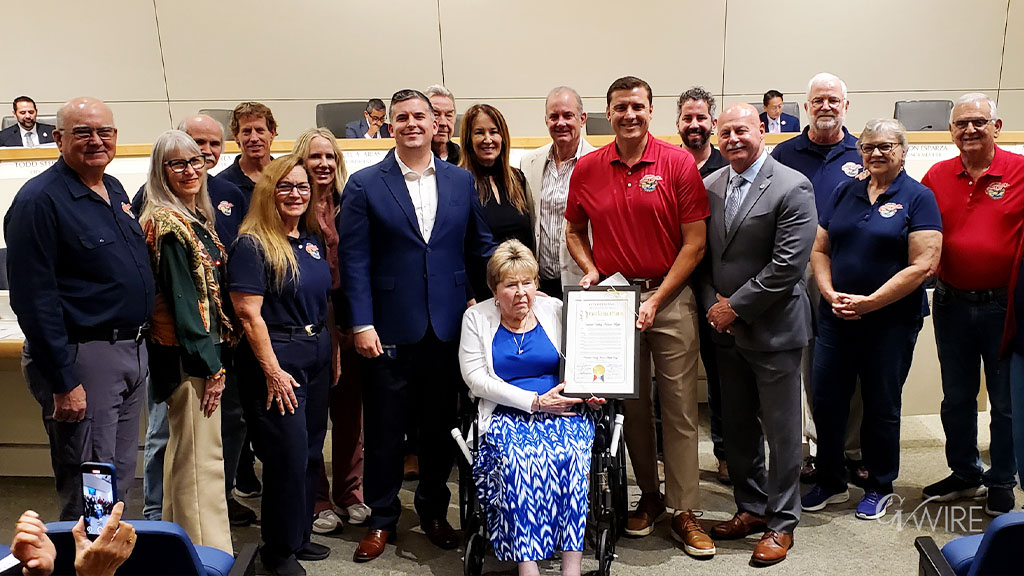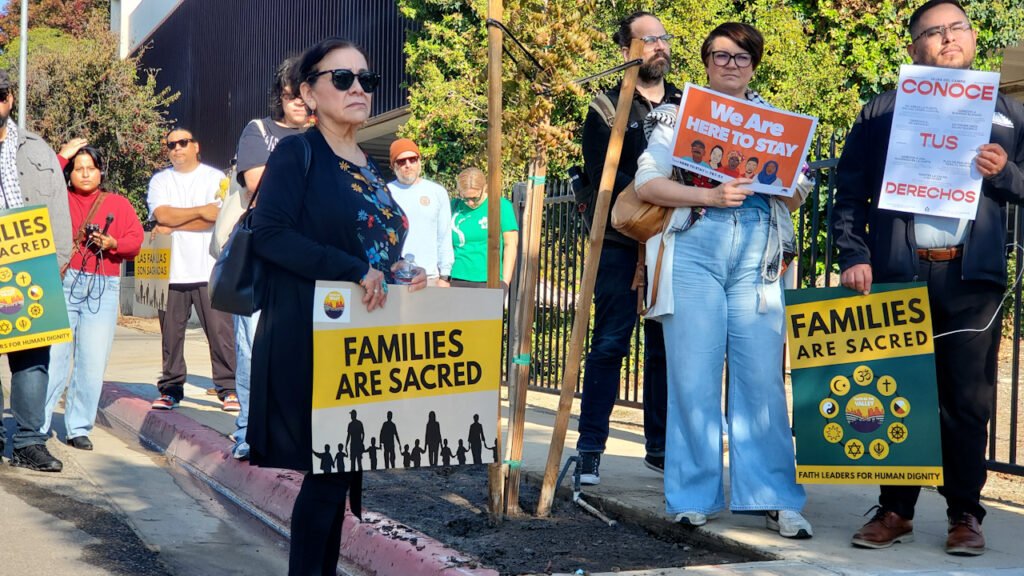Share

No home in the world matters more to me than my paternal grandparents’ small blue house at the bottom of a windswept hill in the Bay Area city of San Mateo.
But my recent visit was different. While the house still belongs to my family, my grandparents are both dead. My uncle has moved in, with roommates — a woman and her son. Before they lived at 420 Voelker Drive, they didn’t have a home.
I recently completed a quest to understand how California’s houses and dreams are changing by visiting six different houses that each hold deep meaning to my large California family. In the Golden State, we have long defined our dreams through our houses. Whether we are wise to do this is a tougher question.
California Houses Often a Burden
Behind today’s crisis over the price of housing and our failure to build enough new housing is our aging, existing housing: The median age of a dwelling in California is 46 years, while the national average is 37. Today our houses often are more burden than benefit, raising the question of whether we still own our houses and the dreams they embody.
Or do they now own us?
The San Mateo house would seem to embody California’s greatest housing dreams.
Tom and Frances Mathews bought the house new, in 1952, for $15,000. Today, the place is not much bigger — two bedrooms, two baths, 1,230 square feet — but worth $2 million. And it’s only because they had the dumb luck to buy a house in a region that would become Silicon Valley.
They also put the home in a family trust, which allowed my father and my uncle to inherit it cheaply. Today 420 Voelker is by the most valuable thing that anyone in my family owns.
But, with the house paid for and Proposition 13 keeping taxes low (less than $1,700), 420 Voelker sat empty for the most of the last decade, as my grandmother spent her final days in a board-and-care home. My parents and I visited as much as possible, but it felt like a sin: an empty house in a Bay Area where people were desperate for any housing at all.
The place also grew weathered, the old carpet frayed, and the apple trees under which we spread my grandfather’s ashes died, leaving the backyard barren. The path behind the house down to Laurel Creek had eroded so that my children couldn’t sail toy boats in the water, as I did as a kid.

Old Home Gets a New Life
Fortunately, now the house has new life, thanks to my Uncle Jim, 72, and Gina Cooper, 45.
Gina and her son Dante used to live in her mother’s house in Belmont. But when her mother died, they couldn’t stay. In 2012, she and Dante became homeless.
Eventually, Gina started working for a shelter she’d stayed in and received temporary housing through a nonprofit. She also found herself at my uncle’s church, whose members connected them.
Jim was living alone in his own condo; he required a walker and needed help around the house. Eventually, Gina and he formed a house sharing arrangement. In such deals, a homeowner brings in a roommate who handles some house duties and receives a reduced rent.
Two years later, in 2016, as my grandmother was dying, Jim retired from the local elementary school district, where he ran computer labs, and decided to sell his condo and move into the house at 420 Voelker. Jim asked Gina, Dante, and their dog Kona to move with him. Gina contributes $1,000 a month to the household expenses.
Essentially, they take care of each other. Gina and Jim each have their own bedroom. Dante sleeps on the couch in the living room. Gina makes Jim coffee each morning; she’s improved his diet and health. When I joined them for dinner, I was shocked to discover my hamburger-loving uncle now eats kale.
Gina says: “I take it very seriously that my job is that he is safe and that no one could take advantage of him.”
Jim says: “I’ve been single all my life, and I never really had a female influence over how I was living. I wish I had figured out to do this 10 years ago.”

From Homelessness to a Better Life
Meanwhile, the stability of a home has allowed Gina to begin a career with the city of San Mateo, while continuing her education. “Once I found Jim, I could take risks, and try a new job,” she says.
This spring Dante graduated from Hillsdale High and is now in a union apprenticeship program.
Gina has saved money and signed up for a city program that helps public employees buy below-market rate housing. The waiting list is two years long.
Such programs are valuable — and represent one common policy solution to the state’s housing problems. But policy often moves too slow for our real lives. When Gina and Jim met, she needed a home right then, and Jim needed a bigger family.
Together, they found a better, faster solution by merging their households and their dreams.
Solving Housing Crisis Requires Creativity
Gina and Jim’s spirit is what California’s homes and dreams need now. A state built on the fusion of peoples and cultures now must apply its creative powers of mixing to its aging houses.
I thank Gina for dinner and take one last look around. Memories flood back — of painting the side fence with my brother, of long talks with my grandmother, of squeezing my grandfather’s Cadillac into the tiny garage.
The house is much cleaner than when my grandmother, who never cared for housework, was alive. But it’s aging, and I notice the broken garage door, a window that needs fixing, and other small repairs.
As I leave, I feel the most exquisite California heartbreak: to look at a house you love, and to know it will never love you back.
About the Author

Joe Mathews writes the Connecting California column for Zócalo Public Square. This is an excerpt from a longer essay at this link.
Categories

Fresno Launching Neighborhood Repaving Project Monday



















